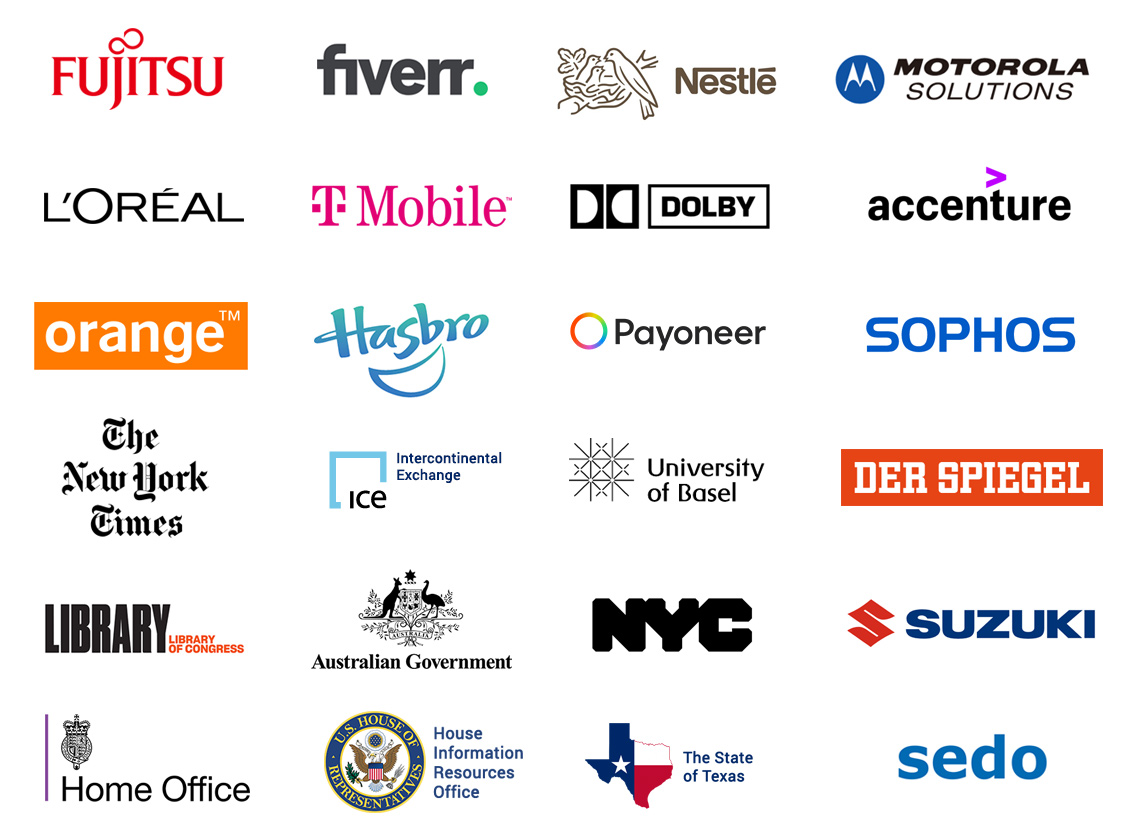TLDR: You can instantly access a single-task browser via browserling.com/browse. I and my team host single-session virtual browsers on remote servers and stream only the browser interface to your device. After each session, the virtual machine, browser, history, cookies, and downloads are erased, ensuring privacy and security.
Single-Task Browser – What Is It?
A single-task browser is a browser designed to execute a specific lightweight web task or run a JavaScript function once, usually for purposes like web automation, testing, or cybersecurity assessments. These browsers start with a clean state – no pre-existing cookies, history, or cached data – and automatically delete all traces of activity, including cookies, history, and downloads, upon completing the task. This ensures a consistent, isolated environment for each operation, which is ideal for running isolated web tasks or conducting one-time online operations.
Single-Task Browser – How Does It Work?
A single-task browser runs in a remote virtual machine, isolated from the user's network, ensuring security and preventing cross-contamination of browser environments. It starts each session in a clean state, with no existing cookies, history, or cached data, and executes a designated web task or JavaScript function. Upon completion, the entire virtual machine, including all generated cookies, history, and downloads, is deleted, guaranteeing that each task is performed in a completely clean and isolated environment, with no residual data or potential security risks.
What's the Difference Between a Regular Browser and a Single-Task Browser?
A regular browser is designed for multi-session, persistent use, maintaining history, cookies, and data across sessions to enhance user experience and convenience. In contrast, a single-task browser is specialized for executing one specific web task in an isolated, ephemeral environment in a remote virtual machine, starting with a clean state and deleting all traces of activity, including the virtual machine itself, after the task is completed. This distinction emphasizes the single-task browser's focus on security, privacy, and task isolation, versus the regular browser's emphasis on user continuity and session persistence.
What are Single-Task Browser Use Cases?
Online Shopping Comparison
A single-task browser lets you compare prices and deals for products across different online stores without personalized ads or previously viewed products influencing what you see, ensuring you get unbiased search results and possibly better deals.
Travel Booking
You can use a single-task browser to search for flights, hotels, and car rentals without the prices being inflated based on your search history or cookies. This approach can help you find the best deals as if you were searching for the first time.
Anonymous Browsing
When you want to research sensitive topics or browse the internet without leaving a digital footprint, a single-task browser ensures your searches and site visits are not recorded, offering a layer of privacy beyond incognito or private browsing modes.
Privacy-Preserving Research
When conducting research that requires maintaining anonymity, a single-task browser ensures that each session is completely isolated and traceless, protecting your privacy and the integrity of the research.
Web Scraping
You can use a single-task browser to scrape data from websites without seeing cached content, as each request comes from a clean, seemingly new user. This is especially useful for gathering data from websites that track previous user sessions and display personalized search results.
Cybersecurity Assessments
A single-task browser enables you to safely conduct security assessments of web applications from an isolated environment, minimizing the risk to your own systems and ensuring that each test starts from a standard baseline.
Performance Benchmarking
A single-task browser provides a consistent baseline for benchmarking the performance of web applications, free from the influence of cached content or pre-existing cookies, allowing for accurate measurement of load times and responsiveness.
Ad Verification
You can use a single-task browser to verify ad placements and functionality across various websites without the risk of previous cookies and browsing history affecting ad behavior, ensuring an unbiased verification process.
SEO Audits
You can perform search engine optimization audits with a single-task browser to simulate how a site appears to search engines or a first-time visitor, ensuring that caches or cookies do not influence the audit's accuracy.
Cross-Browser Compatibility Testing
A single-task browser allows you to test how a web application behaves across different browsers and versions in a clean state, ensuring that your application offers a consistent user experience.
Automated Testing
A single-task browser allows you to automate the testing of web applications in a controlled environment, ensuring consistent results without interference from cached data or cookies. This is crucial for regression testing and continuous integration/continuous deployment (CI/CD) pipelines.
What Is Browserling?
Browserling is a single-task browser platform that offers a secure, ephemeral environment for executing isolated web tasks, including automated testing, cross-browser compatibility checks, and cybersecurity assessments. This platform is particularly valuable for developers and security professionals looking to validate the functionality and security posture of web applications without the overhead of managing multiple browsers and testing environments.
Who Uses Browserling?
Browserling has now become the single-browser platform of choice for IT professionals, cybersecurity experts, and web developers and it's used by hundreds of thousands of users around the world every month. Browserling's customers include governments, states, cities, banks, stock exchanges, universities, newspapers, airlines, Fortune 100, Fortune 500 companies, and private multi-billion dollar companies.

Happy browsing!
